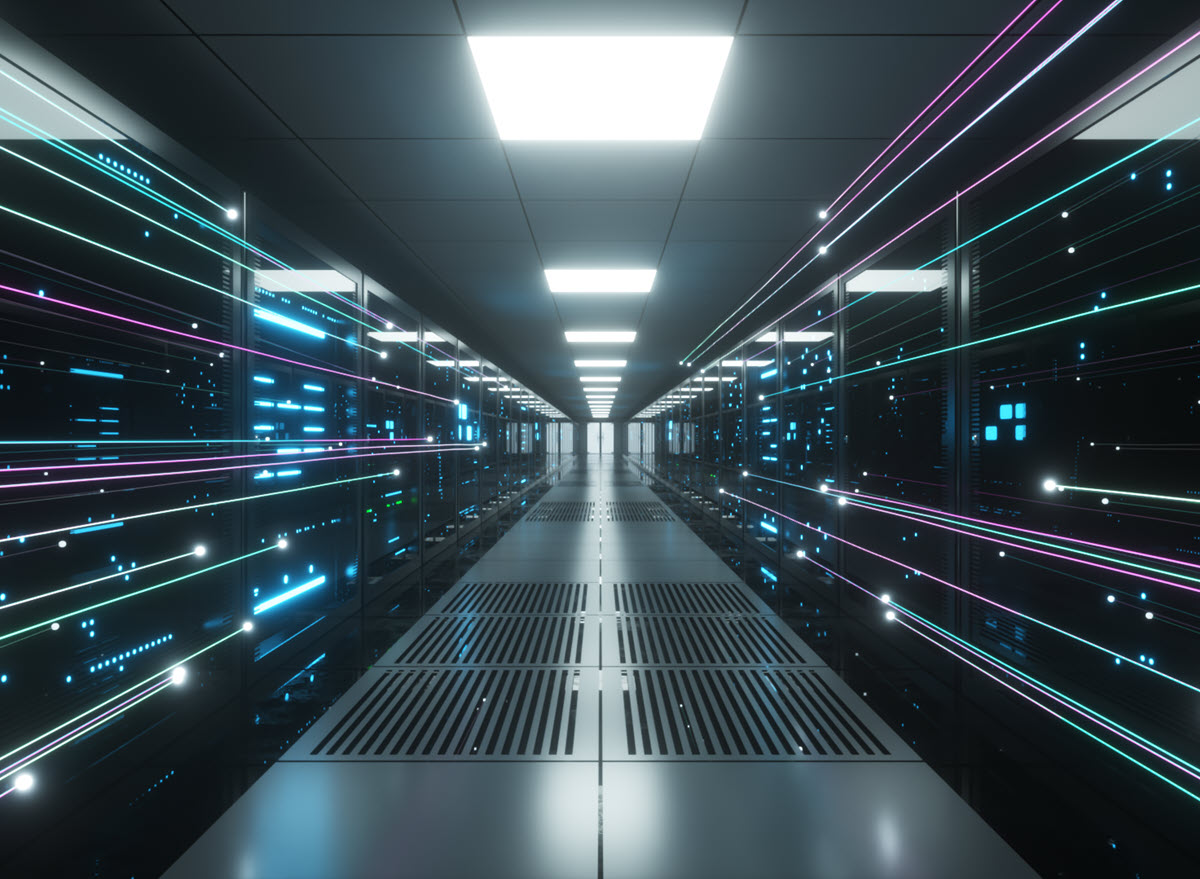How Fiber Deep Works?
In addition, they’re adopting virtualization technologies and rolling out technologies like Head-Ends Rearchitected as a Data center (HERD), which adapts the telco Central Office Rearchitected as a Data center (CORD) initiative for the MSO market.
Underlying this effort is ‘fiber deep.’ It’s a large part of the next generation of cable—one that pushes fiber close to the end-user and yields a better customer experience.
How fiber deep is being used and rolled out
Although fiber is penetrating further into the subscriber base, coax, the workhorse for cable companies for the past half century, isn’t going away anytime soon. But there won’t be nearly as much strung between utility poles. MSOs are turning to fiber deep to scale and unburden themselves from legacy radio frequency technologies.
This is how MSOs are employing fiber deep:
- Highly responsive Internet services: The Internet relies on cached content to serve up a great user experience. When a user clicks on first-generation streaming video, the data might come from a data center hundreds or thousands of miles away. The hops that data has to take can result in poor performance. With cable head ends transforming into mini data centers, cable has an advantage because the content might be just down the block, not half a continent away in a large data center. The proximity means responsiveness and quality of service both improve. The cable headend has served up on demand content for many years, but is undergoing one more transformation to bring content even closer to consumers.
- Content delivery, mobile edge computing, and the redefined network edge: Netflix was an early trailblazer in rethinking content distribution. The company placed servers close to the Internet’s edge, which resulted in near-real-time responsiveness. Fiber deep improves performance even more by offering more bandwidth and optimizing caching.
With fiber deep, MSOs can move all OTT content closer to the end-user, which improves latency and provides a platform for video aggregation. In addition, they can further increase potential bandwidth to homes and cut down on power and maintenance operational costs. - Marrying transport and cloud: Edges of the cloud are pushing out. As it gets closer to the user, cloud brings cable to the neighborhood. Offering services closer to the customer means faster and higher quality. Video consumption has increased like a classic hockey stick graph, and sudden spikes in demand are the norm. As a result, MSOs must be able to quickly react and provide a distinct user experience for their customers. With fiber deep, the data files are close to users, which will keep OTT consumers happy, while cable MSOs avoid becoming the weak link in the video delivery value chain.
It’s almost inevitable that cable companies will look different in a few short years. Some have already begun decoupling programming packages and have started to offer OTT packages. To stay ahead of the curve, they’ll need an architecture that supports a better subscriber experience and enables features they can use to differentiate themselves in the future.
In addition to the architectural advances, fiber deep enables a number of operational efficiencies, including improved network availability and reduced reliance on the power grid.
It’s clear that customers are best served from a nearby headend, using fiber deep, rather than from a distant data center.
How Ciena helps
Ciena’s products help MSOs push fiber closer to the subscribers.
The 8700 Packetwave® Platform—a multi-terabit programmable Ethernet-over-DWDM packet switch—addresses the growing need to efficiently aggregate and switch large quantities of packet traffic while guaranteeing stringent Service Level Agreements (SLAs). The 8700 revolutionizes the capital and operational economics of 10GbE and 100GbE services in metro and regional Ethernet networks.
Built from the ground up to be fully programmable, the 8700 enables metro network operators to migrate existing static networks to dynamic, on-demand networks. The 8700 works in conjunction with Ciena’s Blue Planet V-WAN and Blue Planet Manage, Control, and Plan (MCP) software, which provides end-to-end lifecycle operations and management of Ciena's packet and optical networks, including equipment commissioning, service provisioning, assurance, and performance monitoring. In addition, the 8700 provides a smooth migration path toward a fully open SDN architecture that enables performance-on-demand connectivity. The 8700 has been recognized by BTR Diamond Technology Review with five diamonds. In addition, the platform was 2016’s Diamond Technology Review Innovation Award Winner.
In addition, Ciena’s Waveserver® enables faster web-scale expansion. The stackable interconnect system and ease of use allow the addition of multiple terabits of capacity in minutes. Plus, Ciena’s 6500 family, which can be tuned to handle traffic that would buckle most systems, also reduces hubs, which brings content close to the user.




